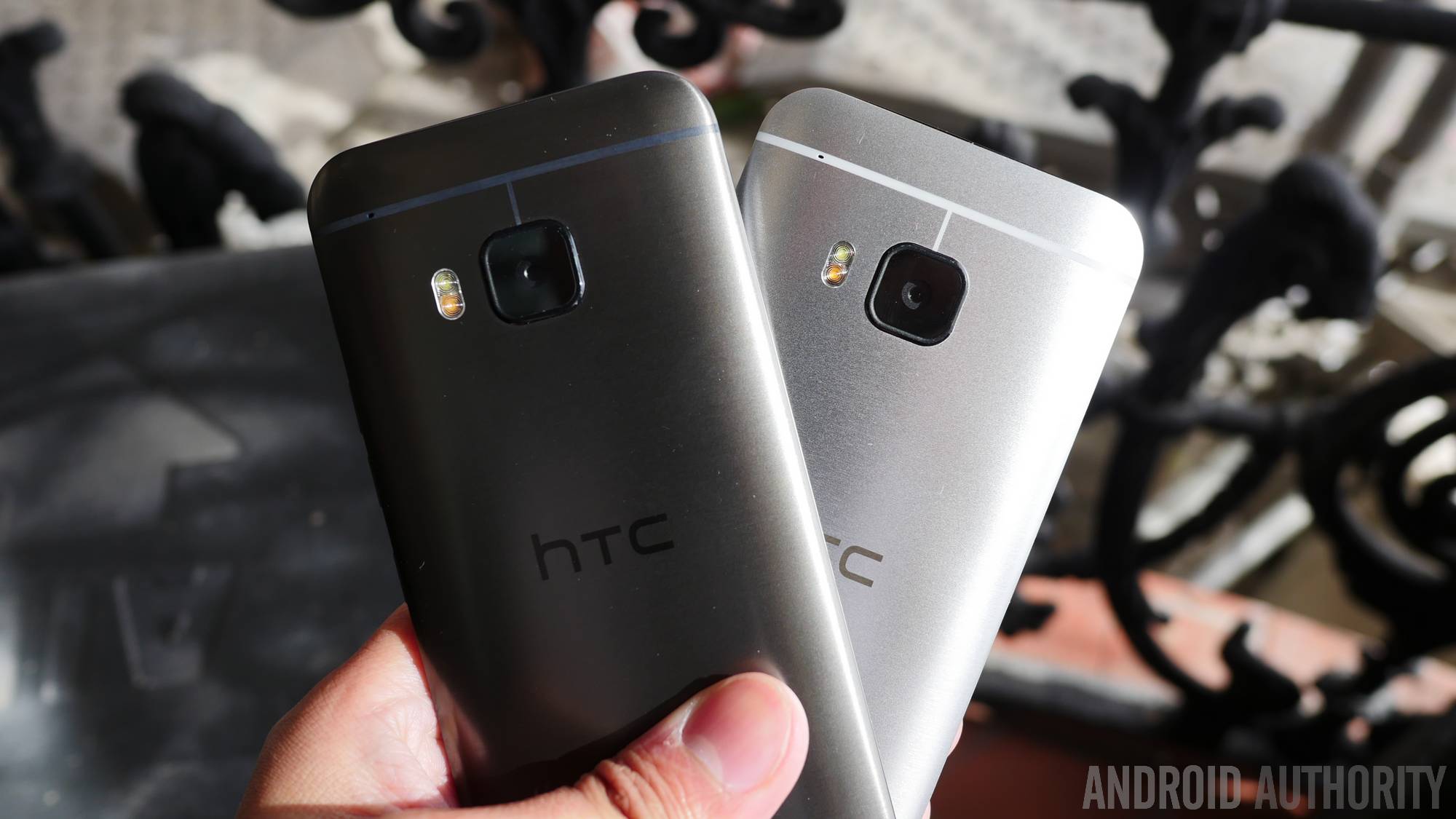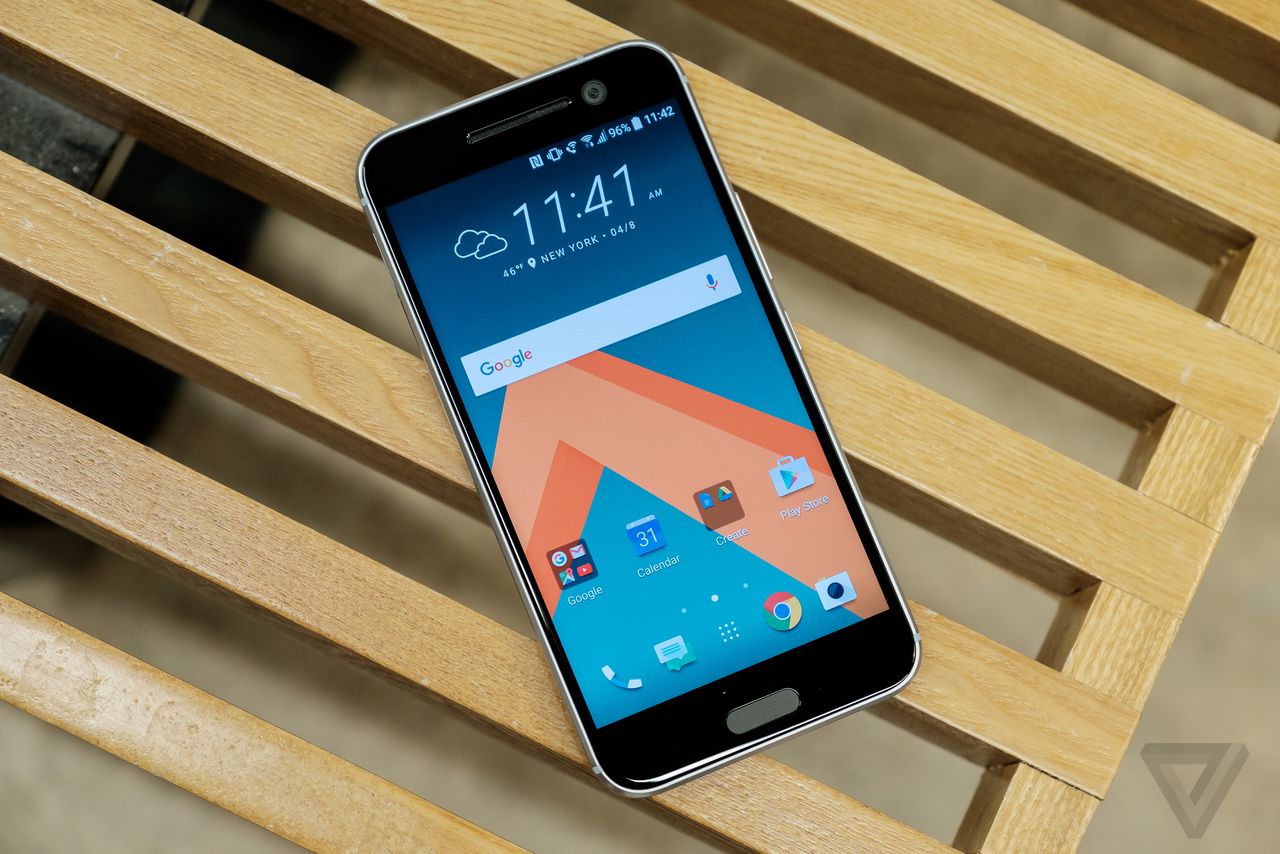

The One M8 continued this by refreshing the M7 in some key areas, but areas like the camera weren’t really improved upon, the design was a bit too rounded, and the ergonomics of the bigger phone weren’t the greatest due to the top-mounted power button. The display was and still is incredible, the design clearly differentiated and well-executed, Sense 5 was smooth and well-designed, the front-facing speakers made for amazing media experiences, and the camera was somewhat of a revelation at the time for its low light quality.


While at the time it wasn’t as clear, the One M7 was ultimately a better phone than any flagship phone that competed with it. The One M7 was essentially the phone that saved HTC. HTC reacted with the One line of phones, but the One X was hurt by the use of Tegra 3 over Snapdragon S4 for most variants, the flexible back cover could easily damage antenna connectors and ruin reception, and in general the One X wasn’t really well-differentiated. With the strength of Samsung’s success, HTC crumbled under competitive pressure as their product line became increasingly fragmented, with no real direction. However, around the time of the Sensation, we saw HTC’s fortunes peak and begin to fall. Starting with the G1, HTC was the first to adopt Android, with massive success as others lagged behind. For the most part, HTC’s story in the recent past has been well-understood. You can learn more about their individual projects here. Together, they were already able to raise $188.2M in venture funding.

These startups will be taking part in the 5G OI Lab program. Here are the 12 startups that have been chosen to be part of the 5G OI Lab’s Batch #5: Working with our other partners and startups, Nokia and Palo Alto Networks significantly expand the opportunities and potential to unleash the power and true value of edge and 5G enabled connectivity.” – Jim Brisimitzis, 5G Open Innovation Lab founder and managing partner, said. We are humbled to have Nokia and Palo Alto Networks join our ecosystem. “Our partner-first approach to collaborative innovation has helped the Lab standout globally. Together with T-Mobile, the companies that are part of the initiative include Intel, Microsoft, Dell Technologies, Amdocs, Ericsson, and many more. Nokia and Palo Alto Networks are the two new companies that have joined as corporate partners for this innovative program. In addition to this, the Un-carrier also revealed two new corporate partners that have joined the group. T-Mobile today released the 12 startups it has chosen to be part of the 5th 5G Open Innovation Lab program.


 0 kommentar(er)
0 kommentar(er)
